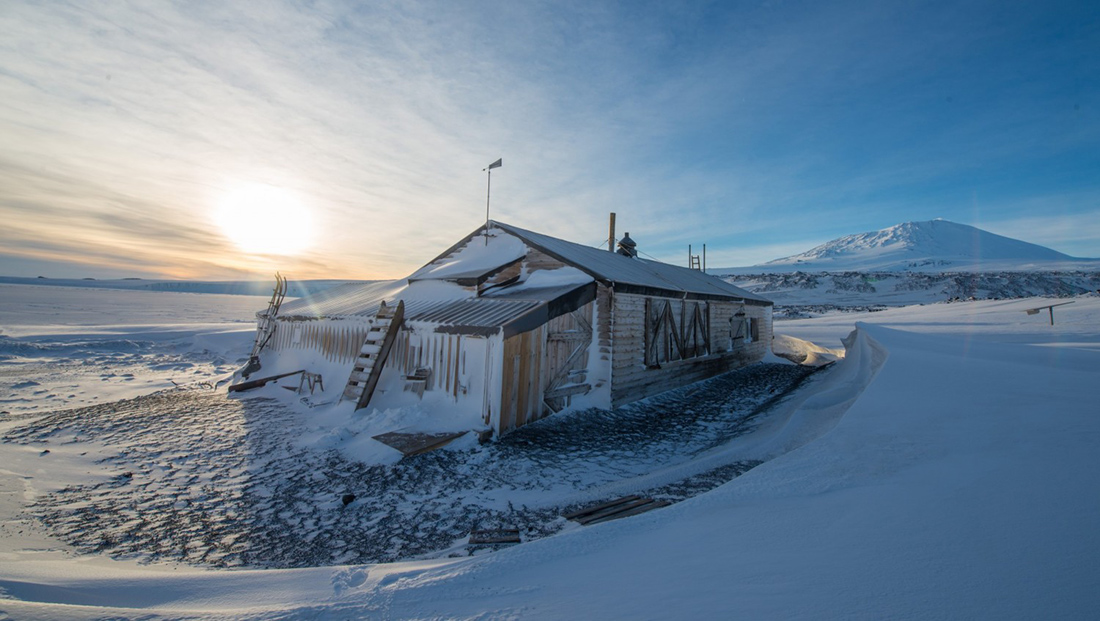For an around a 10 years, conservationists of the Antarctic Heritage Trust–a Christchurch, New Zealand-based historic preservation organization–endured calendar year-round severe problems to protect 3 iconic Antarctic explorers’ huts and their belongings. The work proved to be the world’s most isolated, cold-weather heritage salvation challenge in background.
By 1914, early explorers had tagged the North and South Pole, so Sir Ernest Shackleton set a new ambition: to assert the inaugural land crossing of Antarctica. Identified as the Imperial Trans Antarctic Expedition, two functions meant to sledge boats from possibly side of the landmass, fulfill at Beardmore Glacier, and move forward to Ross Sea. At minimum that was the approach. 5 months just after departing the docks, Shackleton’s ship, the Endurance, became beset in ice right away. With extreme persistence, Shackleton and a couple of of his men rescued the team’s second half–the Ross Sea Bash, which was furthermore stranded–19 months later on. An best bust, the expedition went down in history as one particular epic feat of stamina.

The mission comes total circle a century later on. Buried under snow, warped by ice and threatened by deterioration, the outposts that had been when occupied by Shackleton’s Ross Sea Celebration and Captain Robert Falcon Scott had been redlined as endangered web pages on the Globe Monuments Fund watch record. In 2015, they were successfully restored.
Dubbed the Ross Sea Heritage Restoration Task (RSHRP), the trio of bases ended up all situated on Ross Island and include Shackleton’s Cape Royds foundation, and Scott’s outposts on Cape Evans and Hut Point. The project’s expenditure attained $1.3 million and $2 million in its ultimate two many years by yourself, and an estimated $17 million around the course of a 10 years. Looking forward, the Have confidence in is committed to upholding a 25-yr fund in purchase to keep on the servicing of the historic web pages, and to pursue its upcoming conservation energy: restoring the continent’s initial setting up at Cape Adare.
A total of 62 specialists–experts in paper, timber, textile, and metallic conservation–from 12 nations contributed to the challenge. In the wintertime, crews had been stationed at the New Zealand scientific investigate facility and worked at the conservation laboratory in the warmer months. If there is this sort of a matter on the coldest area on earth.
“It’s a difficult ecosystem. Not everyone likes the chilly. Not everybody likes camping. And not absolutely everyone likes seriously very long times in the chilly even though tenting,” suggests Lizzie Meek, Artifact System Supervisor of the Have faith in, in the organization’s film, “Saving Scott’s and Shackleton’s Huts.”

Heritage carpenters carefully fixed and weatherproofed the huts, improved the microclimates for the artifacts, although scrupulously sustaining historic precision. Ice accumulation was removed from underneath the floors. Watertight coverings were constructed all over the huts’ edges to aid direct the summertime soften-off all over fairly than beneath, and new roofs ended up produced.
Concerning the a few internet sites, shut to 18,200 artifacts have been uncovered and restored, such as clothing, machines, and individual goods. It is a especially significant selection of objects for a mini lab to type, specially presented the fairly quick window of time, said Meek.
And the most celebrated relics? Whisky and brandy. 5 crates of spirits have been uncovered beneath the base, with the bottles continue to wrapped in the primary straw and paper sheathes.
Next to the treasured liquor, Meek uncovered a quite distinctive notebook. All through the summer season melt-off, it stuck like a tombstone out of the snow upcoming to the Cape Evans base. It’d been buried there for additional than a century. The diary, “Welcome Photographic Publicity Report and Diary 1910,” belonged to surgeon and zoologist George Murray Levick (1876-1956) and held twenty-two, by no means-ahead of-observed photographic negatives with penciled notes of the day, subjects, and publicity aspects pertaining to the photographs, which he captured in 1911, at Cape Adare.
https://www.youtube.com/observe?v=pchT_WBw8Pw
Revived, the huts now surface as they after did, as if frozen in time. The flooring bounce and ring. Doors seamlessly open and shut. An aroma of clean wood, canvas and leather fill the area. The vibrant hues of the dishware and crates are polished and unveiled.
“It’s genuinely neat to arrive into the making and to be ready to see a large amount a lot more coloration, a whole lot more details, and therefore, a large amount additional understanding of the huts, how they ended up utilised, and the individuals that lived here,” mentioned Meek.
The in depth work manufactured by a conservationist, ironically, makes a historic placing surface as if no get the job done has been accomplished at all, building a portal into the earlier.
https://www.youtube.com/observe?v=ObPJzhvBUtc
Images courtesy of the Antarctic Heritage Believe in
